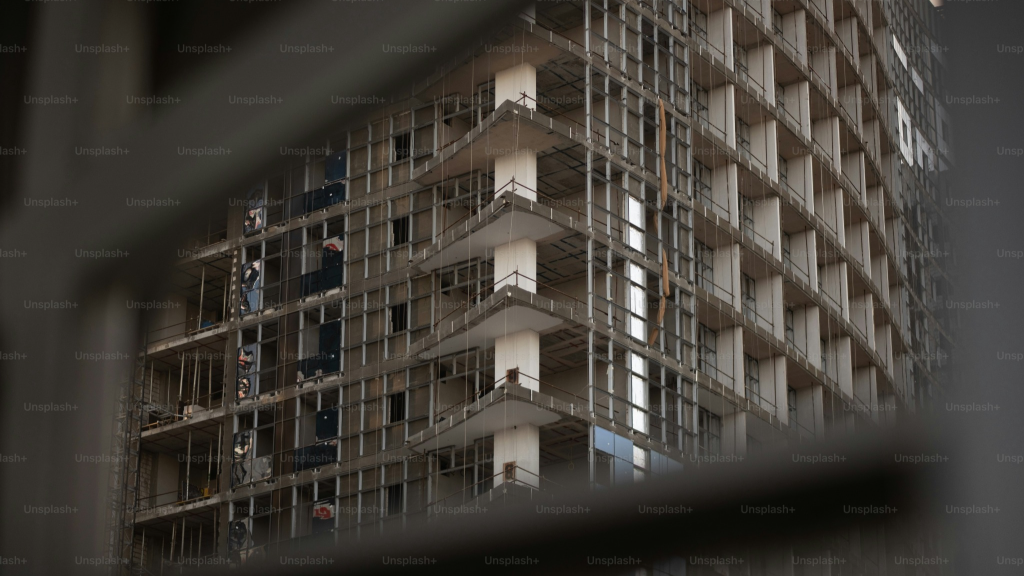Crafting Consistency for Scale: Design System Exercise
Design Systems • November 1st, 2023 • by Dan Olsavsky
The objective of this activity is to build a comprehensive design system in Figma that encompasses typography, color palette, UI components, and design guidelines.
Requirements
- Access to Figma (either through a personal account or a shared team account)
- Basic understanding of design principles, including typography, color theory, and UI design
- Familiarity with Figma’s interface and tools (you may benefit from completing Figma tutorials or training beforehand)
Instructions
- Define the Scope:
- Identify the scope of your design system, including the platforms (e.g., web, mobile) and the target audience (e.g., users, developers, stakeholders).
- Establish Design Principles:
- Define the design principles that will guide your design system, such as consistency, accessibility, and scalability.
- Create a Typography System:
- Define a typography system that includes font styles (e.g., headings, body text), font sizes, line heights, and font weights.
- Use Figma’s text styles feature to create reusable text styles for consistent typography throughout your designs.
- Develop a Color Palette:
- Choose a color palette that aligns with your brand identity and design principles.
- Define primary and secondary colors, as well as accent colors for interactive elements.
- Use Figma’s color styles feature to create reusable color styles for consistent color application across your designs.
- Design UI Components:
- Design a set of UI components, such as buttons, form elements, cards, navigation bars, and icons.
- Ensure that these components follow your established design principles and are reusable across different screens and projects.
- Use Figma’s component feature to create reusable component instances and variants.
- Document Design Guidelines:
- Create documentation that outlines the usage guidelines for each aspect of your design system, including typography, color, and UI components.
- Include examples, usage instructions, and best practices to guide designers, developers, and other stakeholders.
- Prototype and Test:
- Prototype sample screens or workflows using the components and styles from your design system.
- Test the usability, accessibility, and visual consistency of your designs to ensure they meet the needs of your target audience.
- Share and Gather Feedback:
- Share your design system with peers, mentors, or stakeholders for feedback.
- Incorporate any feedback or suggestions to iterate and improve your design system.
- Finalize and Publish:
- Finalize your design system based on the feedback received and any additional refinements.
- Publish your design system documentation and assets in a centralized location for easy access and reference by your team.
Evaluation Criteria
Upon completion, please schedule a review. Participants will be evaluated based on the following criteria:
- Completeness: Does the design system include all essential components, styles, and guidelines?
- Consistency: Are the typography, color palette, and UI components consistent and aligned with the established design principles?
- Reusability: Are the UI components designed to be reusable across different screens and projects?
- Clarity: Is the documentation clear and comprehensive, providing guidance on usage and best practices?
- Usability: Are the designs functional, accessible, and user-friendly?
By completing this activity, individuals can demonstrate their proficiency in building a design system in Figma, showcasing their ability to create cohesive and scalable design solutions that meet the needs of their organization or project.
Thank you for taking the time to read my article! I value your interest and engagement. I invite you to continue the conversation by sharing your thoughts, questions, or feedback in the comments section below. Don’t forget to like and share this article with your network if you found it valuable. And remember to check back in a couple weeks for my next insightful article. Until then, stay creative and keep exploring!



